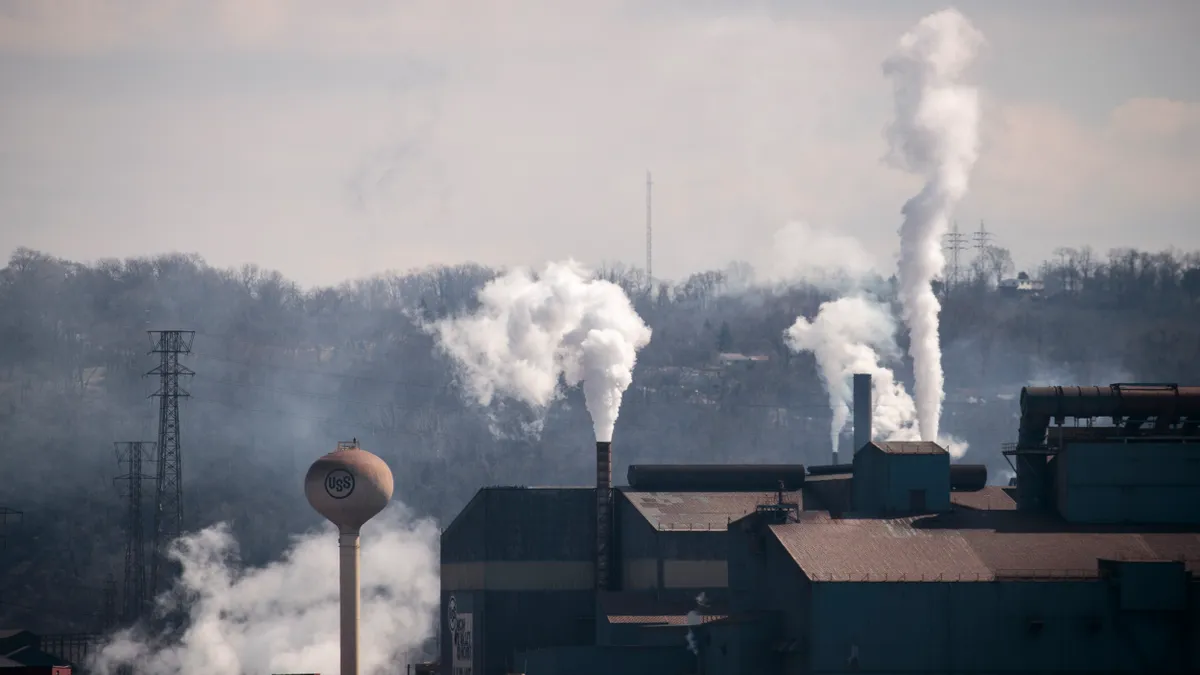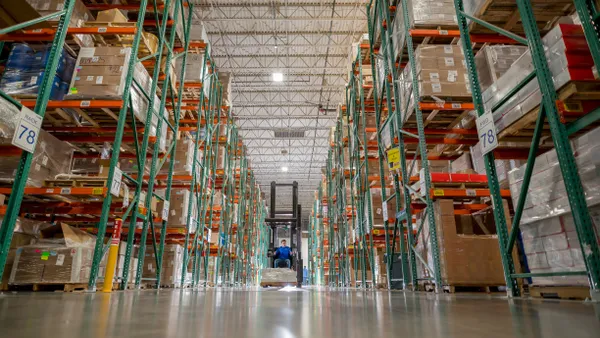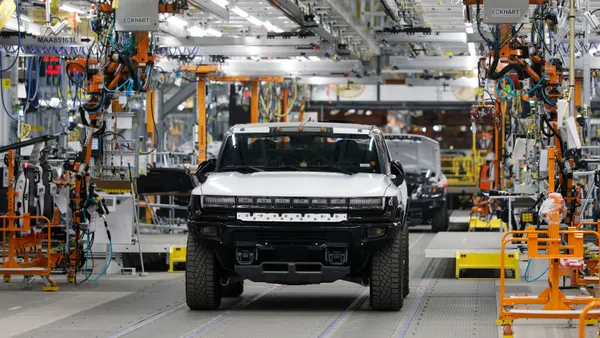Hiring has been an issue for manufacturers in the U.S. for years now. When Deloitte last looked at the issue in 2018, low unemployment was underscored as being part of the problem. But a new report on hiring in manufacturing found the issue persisted in 2020, a time of high unemployment during the pandemic.
"Fast forward three years and, amid a global pandemic and the first US recession in more than a decade, it would appear the same headline stands," Deloitte wrote in its most recent report on the skills gap in manufacturing.
Between December 2020 and February 2021, The Manufacturing Institute and Deloitte surveyed more than 800 U.S. manufacturers and asked them about hiring. They found manufacturers are having trouble filling 46% of open positions due to a mismatch in skills — a 12 percentage-point increase from 2018.
For manufacturers, hiring is getting harder
One of the positions that manufacturers are having the hardest time filling are what the report referred to as "miscellaneous assemblers and fabricators," which are entry-level positions that actually don't require much training. The issue is increasing competition, according to Paul Wellener, one of the report authors and the leader of the U.S. industrial products and construction practice at Deloitte.
"That's partially, we believe, because of the increase in demand for warehousing and distribution jobs," Wellener said.
The entry-level jobs in manufacturing often pay well above minimum wage, according to the report, which noted the average salary for team assemblers in the U.S. is about $15.55. But salary might not be enough to help overcome what Wellener said could be holding back hiring in manufacturing: an image issue.
"There's that image of manufacturing beings dark, dirty and dangerous," he said. "I think that's something that manufacturers have to continue to work on changing."
While distribution careers have their own image issues, they have not faced similar hiring struggles. Warehouse and manufacturing employment both dipped in the early months of the pandemic. But warehousing employment levels surged past pre-pandemic levels to set all-time records at the end of 2020. Manufacturing, meanwhile, is still well below its pre-pandemic employment levels.
"I don't know if the distribution companies necessarily have the same image problems; they may have different image problems," Wellener said.
Another issue complicating hiring is the skills that manufacturers are seeking out. Wellener noted research found that the number of times manufacturing job postings listed skills, such as analytics, increased 82% more than the baseline growth of all manufacturing jobs.
The availability of labor has been added to a list of issues that the industry is currently facing.
"We performed well despite the challenging operating environment that expends tough labor availability, significant inflationary pressures in raw material costs, global supply chain challenges and evolving demand backdrop," Tyson Foods CFO Stewart Glendinning said on an earnings call Monday.
The Institute for Supply Management's manufacturing report has shown supplier deliveries slowing throughout the pandemic, which ISM Manufacturing Business Survey Committee Chair Timothy Fiore has pegged partially on labor shortages at supplier companies.
To get workers in the door, manufacturing will need to attract people out of high school, the military, trade programs and college, Wellener said. But one issue the report found is that manufacturing apprenticeship programs are largely concentrated in the midwest, while the projected job openings for the industry over the next decade are expected to be concentrated elsewhere, specifically Texas and California.
"We've got a mismatch of pipeline and the needs," Wellener said.
This story was first published in our weekly newsletter, Supply Chain Dive: Operations. Sign up here.














